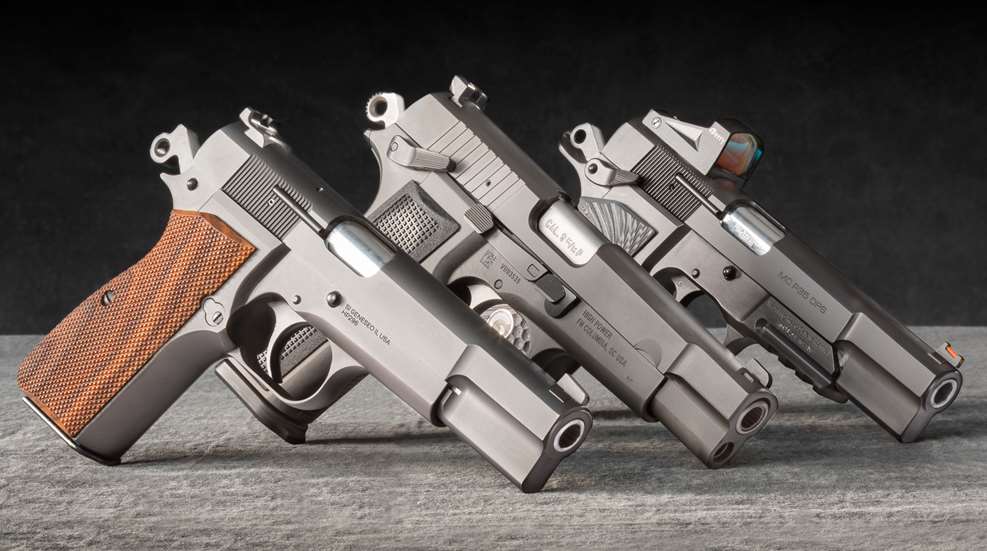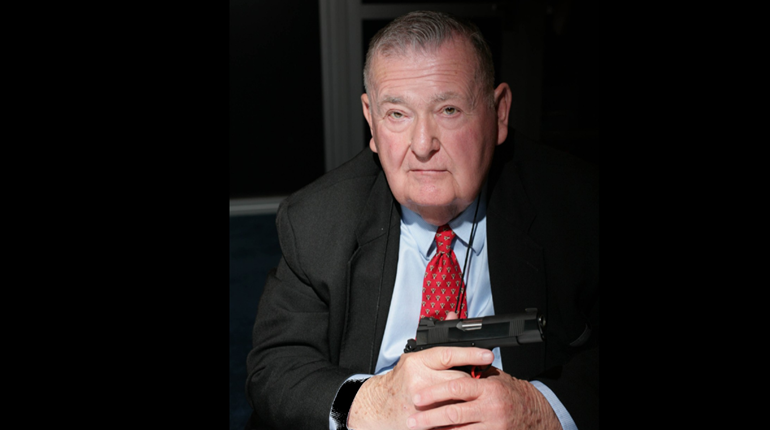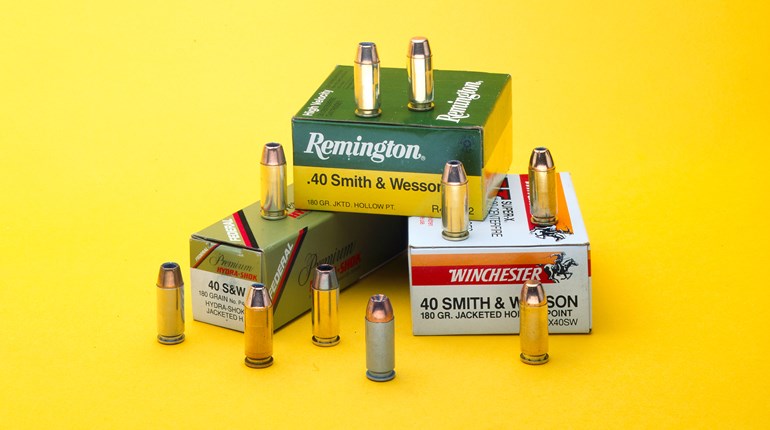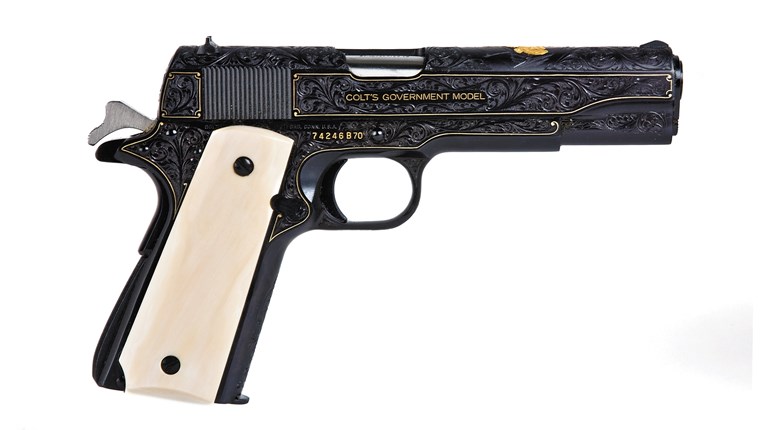
The Hi Power has seen a renaissance in the past couple of years with new models such as Springfield Armory’s SA-35, the FN America High Power and the EAA MC P35 entering the market and selling briskly.
Guns may have all kinds of meanings to different people, but in the cold light of commerce, they are products. In addition, if sales are not sufficient, they are discontinued. Invariably, a small minority of potential buyers misses their last chance to get theirs and ends up unhappy. I hope that’s the case here, because the classic Browning pistol is again available in an upgraded version. The Hi Power was dropped by Browning and its parent company, Fabrique Nationale (FN) a few years ago, and there was consequently much keening and wailing. However, in an improved version, the legendary service pistol is once again at your neighborhood gun store.
I don’t believe that any handgun was issued and used in more places than the P35—the name officially assigned to the pistol by its maker. I counted no less than 76 countries in which the police or military were armed with the gun. There was substantial enthusiasm for the arm right from the time of its introduction. In the 20th century, munitions from FN enjoyed an excellent reputation, as it still does to this day, and it is therefore not surprising that the French went to the Belgian manufacturer for a new service pistol. This occurred in the 1920s, right after the chaos of World War I. At least part of the popularity of the P35 stems from its association with John M. Browning, the renowned American arms designer.
It is a bit enigmatic to refer to the P35 as Browning’s last design. FN began work on the project in the mid-1920s and several prototypes were made. The finished product was not introduced until 1935 (at which time the French rejected the design). Browning passed away in November of 1926, so his contribution to this milestone pistol is somewhat unknown. A Belgian designer named Dieudonné Saive is identified as the final designer on the P35 project. He also did a lot of post-World War II design work, including the FAL rifle. While we don’t know exactly who is responsible for every little feature, it is certain that both designers had impressive credentials.
Their 9 mm pistol may have been the first to be designed exclusively for the 9 mm Parabellum cartridge. The earlier P08 Luger and C96 Mauser were both originally designed for other cartridges. Browning had already contributed the recoil-operated M1911 .45 ACP to the world’s armories. A similar system of locking the breech at the instant of firing was used on this new pistol. When the gun was introduced, it was an important pistol for a number of reasons. The most significant feature was a magazine that held 13 rounds of 9 mm ammunition. Those cartridges were in two columns and fed smoothly from the magazine and up under the extractor of the pistol. If the shooter carried his pistol with a round in the chamber, there would be 14 rounds ready to go. This constituted the introduction of the greater-capacity magazine in a semi-automatic.
This fact is the single most important feature of the P35 pistol. Today, any new police or military service pistol has magazine capacity well into double digits. They have as many as 19 or 20 rounds, although they average 15. In Europe, it is often held that a larger-capacity magazine in the gun reduces the need to issue a second magazine. American close-combat tacticians believe that plenty of rounds on tap are best for multiple-target scenarios. If capacity is that significant in the original P35, the new version from FN jumps way ahead. That gun offers a redesigned magazine that takes 17 rounds.
Over the many years the P35 was made, there were quite a few var-iations. I once did a story on a match-target version, wherein I had four identical guns—they all shot very
well. I have also had a model with an aluminum frame. An Argentinian factory (they were made all over the world) built contract FM Detective models with shortened Commander-length slides, as well as well as .22 LR conversion units. In regular production, the P35 was made in 9 mm, .40 S&W and .30 Luger. Early P35s were sometimes fitted with a wooden stock/holster. Many specimens had the tangent rear sight. There are enough variations to keep a collector busy.
We may be seeing the cresting of the massive wave of interest in low-cost polymer construction in semi-automatic pistols. It is a good thing to know that an updated version of the P35 is available. It is also good to know that it isn’t just FN at work—European American Armory (EAA) and Springfield Armory are both marketing 9 mm pistols that are actually closer the original Hi Power than FN’s new High Power.
In 9 mm, there is nothing better for fightin’ iron.




































